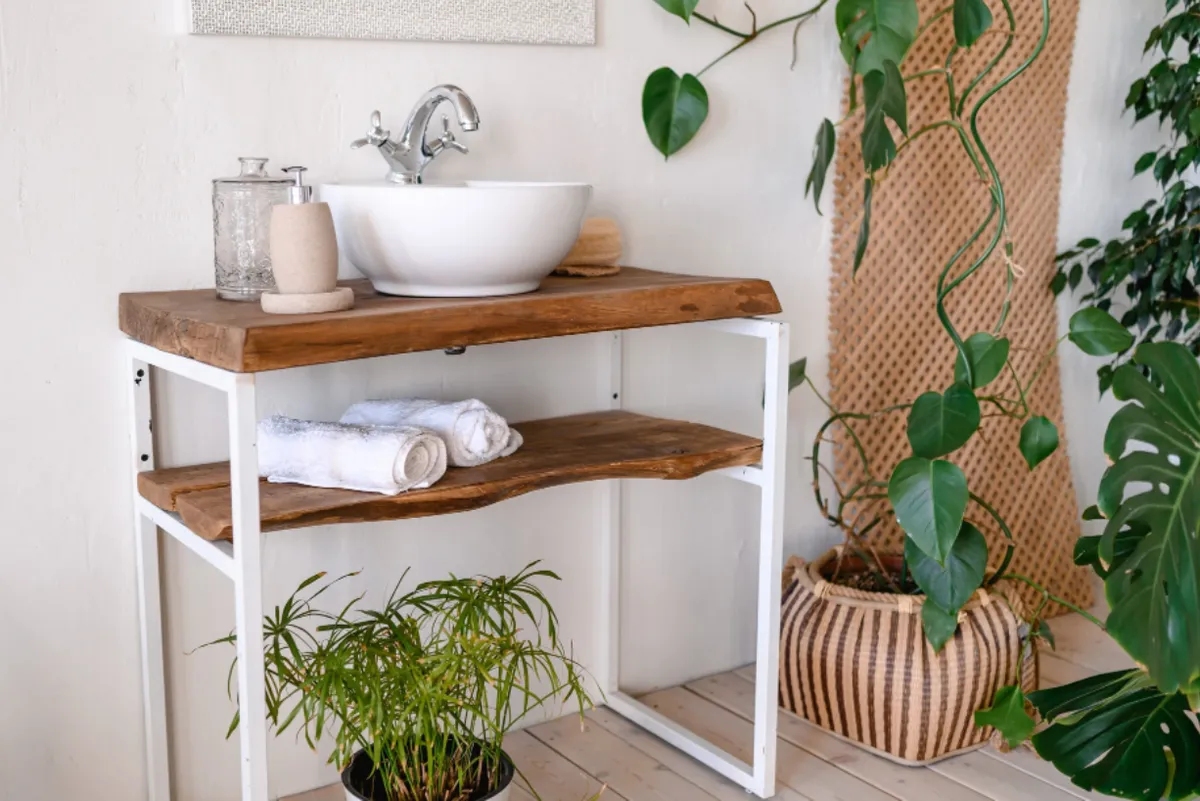Easy ways to prevent limescale from building up in your bathroom
Every time water is left on a surface within your bathroom, it can lead to unsightly limescale deposits, making fixtures and fittings look less than sparkling.
This is especially noticeable in hard water areas, where the water contains a higher amount of calcium carbonate. It’s always better to prevent the problem before it starts, so we caught up with Paul Bailey from bathroom brand GROHE UK to find out his top tips on keeping limescale at bay. Here's everything he had to say...
- Water leaks in your home: how to prevent and find them before they cause serious damage
- Seven bathroom cleaning hacks using two natural ingredients
- The best water filters to buy in 2025

How to stop limescale buildup in a bathroom
Dry surfaces with a microfibre cloth
Once limescale deposits occur, they can be tricky to get rid of, so keep a microfibre cloth handy in the bathroom to wipe away any water from taps and shower fittings as soon as possible. This will go a long way to help avoid any limescale build-up.
Use a squeegee to remove shower water
An easy way to prevent limescale is to use a squeegee to ensure water is removed from your shower screen after every use. Look out for kits which can be used to treat the glass with a special coating which helps to resist any damage from soaps and limescale and makes cleaning a breeze.
Use gentle cleaning products
If you do see chalky white limescale spots starting to appear, source specially-formulated product which will clean the surface gently, without leaving any mark or damaging fixtures.
Clean shower heads regularly
Limescale can easily clog up a shower head, leaving you with a disappointing dribble rather than a refreshing soak. Regular cleaning and drying is the best way to keep it at bay, but if you’re thinking of replacing your shower head, look out for designs which feature flexible nozzles to help prevent build-up and are easier to clean.
Use a water softener
If you do live in a hard water area, it’s worth having a water softener installed. These not only significantly reduce limescale throughout the home, but have other personal benefits in the bathroom too, such as improving dry skin conditions, and making soap and shampoo go much further.

